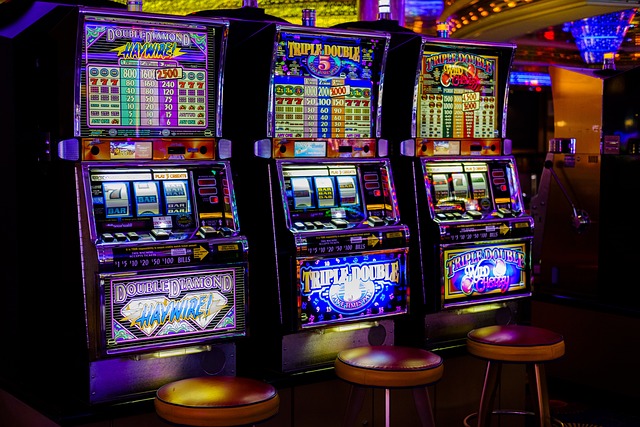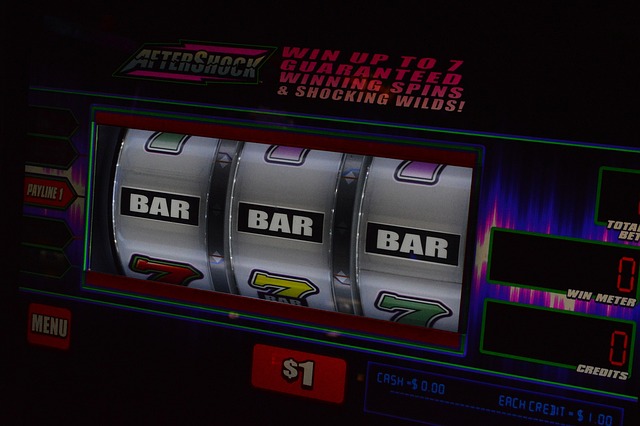Slot machines vary widely in volatility, which impacts how often and how much they pay out. Understanding the difference between high and low volatility slots helps players choose games that match their risk tolerance, bankroll, and gaming style. This guide breaks down the key differences, advantages, and practical strategies for each type.
What Is Slot Volatility?
Volatility, or variance, measures the risk and reward profile of a slot machine.
- High volatility: Payouts are infrequent but usually larger when they occur. Players may experience long losing streaks before hitting a big win.
- Low volatility: Payouts are frequent but smaller. Players enjoy steady, predictable returns with less risk.
- Medium volatility: Balances the two extremes, offering moderate wins at a reasonable frequency.
Understanding volatility helps manage expectations and select a slot suited to your playing style.
Key Metrics to Consider
- RTP (Return to Player): Indicates the long-term expected payout percentage. Volatility does not change RTP, but it affects how wins are distributed.
- Hit frequency: How often a player can expect to win small or moderate amounts. High volatility slots have lower hit frequency than low volatility ones.
- Jackpot potential: High volatility games usually offer bigger jackpots, while low volatility games focus on consistent smaller payouts.
High Volatility Slots

High volatility slots appeal to risk-tolerant players seeking big wins.
- Pros: Potential for life-changing payouts, exciting gameplay, and large progressive jackpots.
- Cons: Long losing streaks can be discouraging, require a larger bankroll, and patience is necessary.
- Best for: Experienced players or those who enjoy high-risk, high-reward gameplay.
Tips for Playing High Volatility Slots
- Bankroll management: Allocate enough funds to sustain long dry spells.
- Bet sizing: Consider consistent, moderate bets rather than maximum bets to prolong play.
- Set limits: Decide in advance when to stop, regardless of wins or losses.
High volatility slots are thrilling but demand careful planning and patience.
Low Volatility Slots
Low volatility slots suit cautious players who prefer steady gameplay and frequent rewards.
- Pros: Frequent small wins, longer gaming sessions, less stress and frustration.
- Cons: Rarely deliver massive payouts, less excitement for high-stakes thrill-seekers.
- Best for: Beginners, casual players, or those with smaller bankrolls seeking entertainment.
Tips for Playing Low Volatility Slots
- Focus on entertainment: Play for enjoyment rather than chasing huge wins.
- Maximize bonuses: Use free spins and promotions to extend sessions.
- Moderate bets: Small to moderate bets keep play sustainable and fun.
Low volatility slots are ideal for players prioritizing enjoyment, consistency, and bankroll longevity.
Choosing the Right Slot for You

When deciding between high and low volatility, consider the following checklist:
- Risk tolerance: Can you handle long losing streaks for a chance at big wins?
- Bankroll size: Larger bankrolls support high volatility play; smaller bankrolls favor low volatility.
- Goal of play: Are you seeking entertainment or aiming for big payouts?
- Time available: High volatility may require longer sessions; low volatility suits shorter play periods.
| Volatility Type | Payout Frequency | Typical Win Size | Best For |
|---|---|---|---|
| High | Rare | Large | Risk-tolerant, thrill-seekers |
| Medium | Moderate | Moderate | Balanced players |
| Low | Frequent | Small | Beginners, casual players |
By aligning volatility with your preferences and resources, you can optimize enjoyment and manage risk effectively.
Final Thoughts
Choosing between high and low volatility slots depends on your risk appetite, bankroll, and personal goals. High volatility offers the thrill of big payouts with higher risk, while low volatility provides steady, frequent rewards for a consistent gaming experience. Understanding volatility, RTP, and hit frequency ensures informed decisions and a more enjoyable slot-playing experience.
